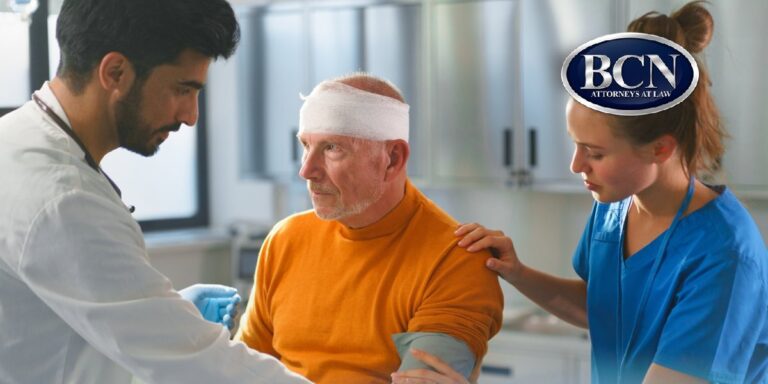Personal injury claims can get very complicated very fast- which is why gathering and presenting evidence is critical for recovering economic and non-economic damages. Evidence is required in a lawsuit to establish the extent of damages like injuries, lost wages, medical expenses, pain and suffering that came from an injury or accident. However, most laymen are not familiar with legal jargon and the types of evidence necessary to prove their personal injury case, which is why we compiled a brief breakdown of the types of damages you can recover compensation for, and the types of evidence necessary to prove them.
Types Of Damages In a Personal Injury Case
There are two types of damages an injured person can claim: economic and no-economic. You can choose to pursue one or both of these.
- Economic damages: Economic damages involve tangible, objectively verifiable damages that can be proven with documents like earnings statements, bills or testimony from witnesses. These include:
- Past and future medical care
- Past and future lost wages
- Property damage
- Non-Economic damages: These damages are more subjective, and cannot be easily proven with bills of receipt. These include:
- Emotional distress
- Mental suffering
- Physical pain
- Loss of enjoyment of life
- Physical impairment
- Mental anguish
- Inconvenience
- Anxiety
- Grief
- Humiliation
The Plaintiff Must Prove Damages
The burden of proof lies on the injured party who is bringing the lawsuit, which means that they must prove each item of economic or non-economic damage they are claiming to have sustained due to their injuries. For example, a plaintiff must prove the reasonably necessary medical care they require in the future or have already received in order to recover medical expenses.
Types Of Evidence Gathered In Personal Injury Cases
Medical Records
One of the most crucial pieces of evidence in any personal injury claim are medical records, which offer a detailed rendering of the injuries incurred, any treatment received, and what the treatment cost. Medical records may include:
- Hospital records
- Test results
- Doctor’s notes
- Bills for medical care
- Imaging studies and reports
Witness Testimony
Witness testimony can be key in proving non-economic damages, as they paint a picture for the judge and jury of what the injured party had to go through due to their injuries. This type of testimony may also be employed to support other evidence, like the medical records. Treating physicians often offer key medical testimony. Family members and friends may also help paint a picture of what the injured party was like before and after the accident, and the difficulties they had to endure.
Expert Opinions
Experts in medicine, accident reconstruction, or engineering can offer professional testimony on the cause and extent of injuries incurred due to an accident, and can be extremely helpful in more complicated personal injury cases.
Contact Us Today
Having good evidence is the difference between a successful and unsuccessful personal injury case, which is why it’s important to have an experienced personal injury attorney on your side to help you gather the necessary evidence to prove your claim. Call BCN Law Firm to consult with a top Florida personal injury attorney today.

